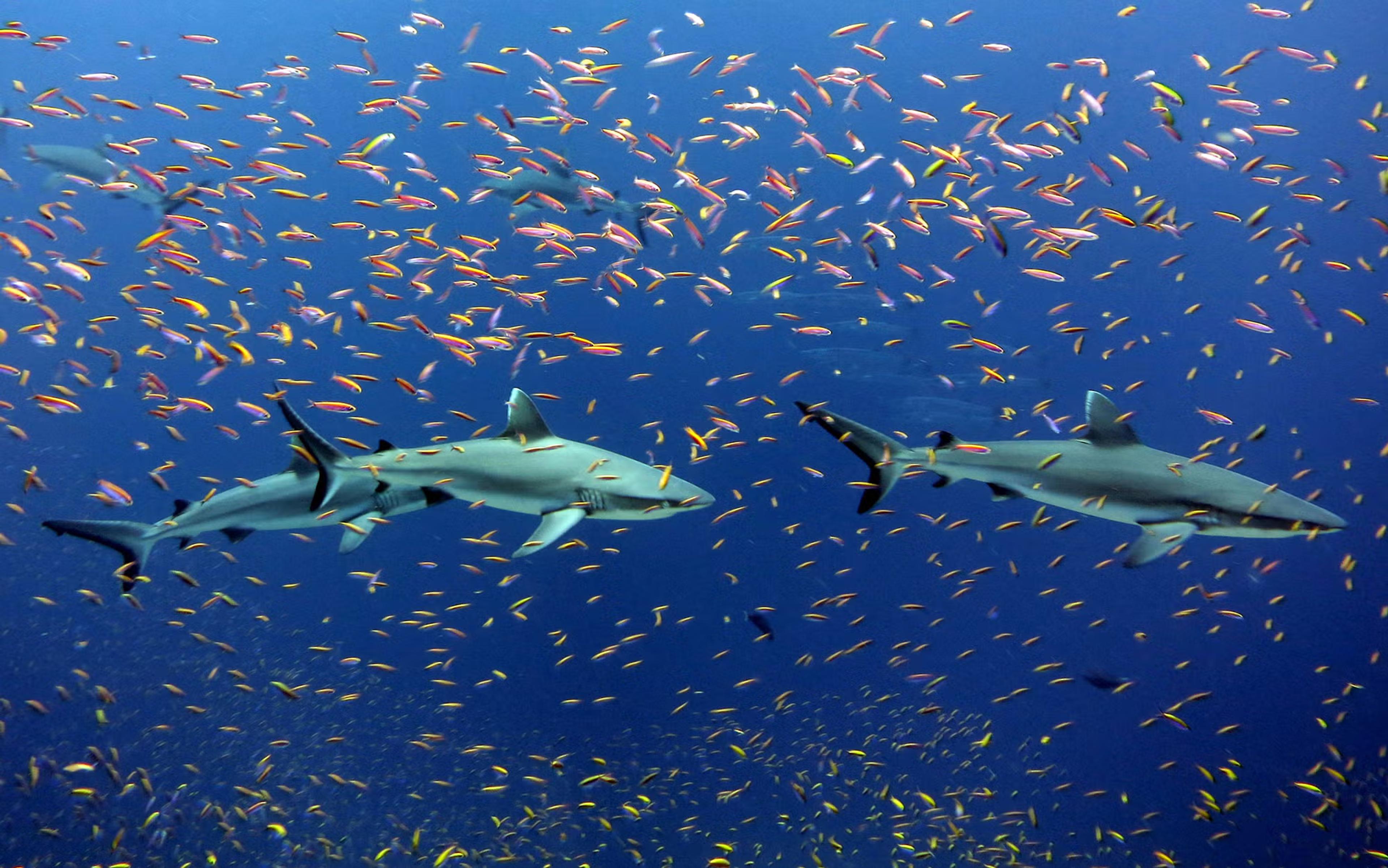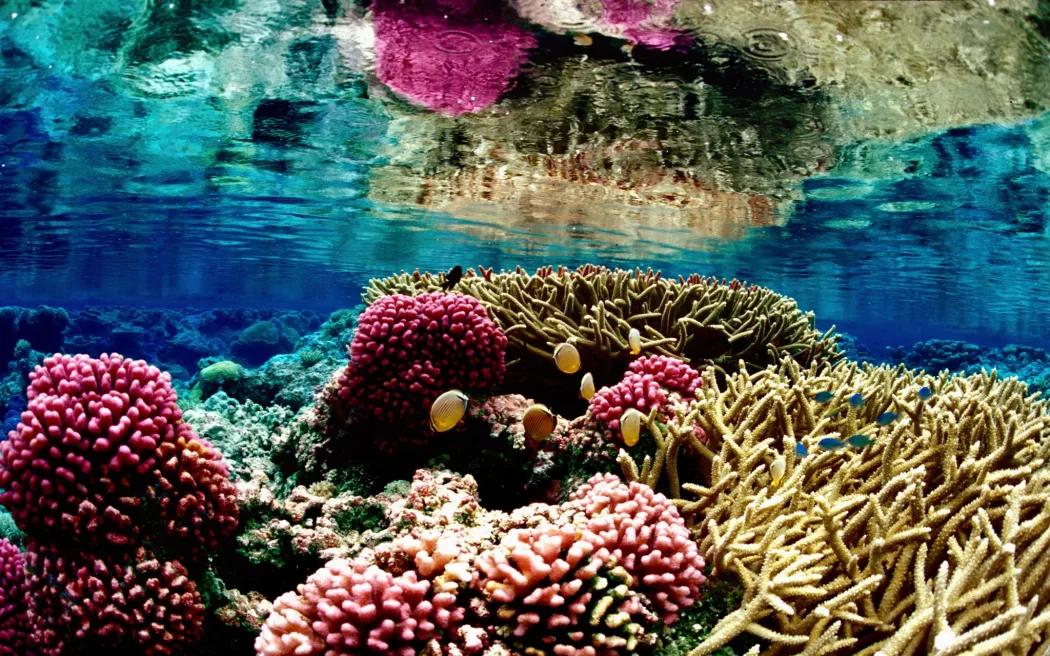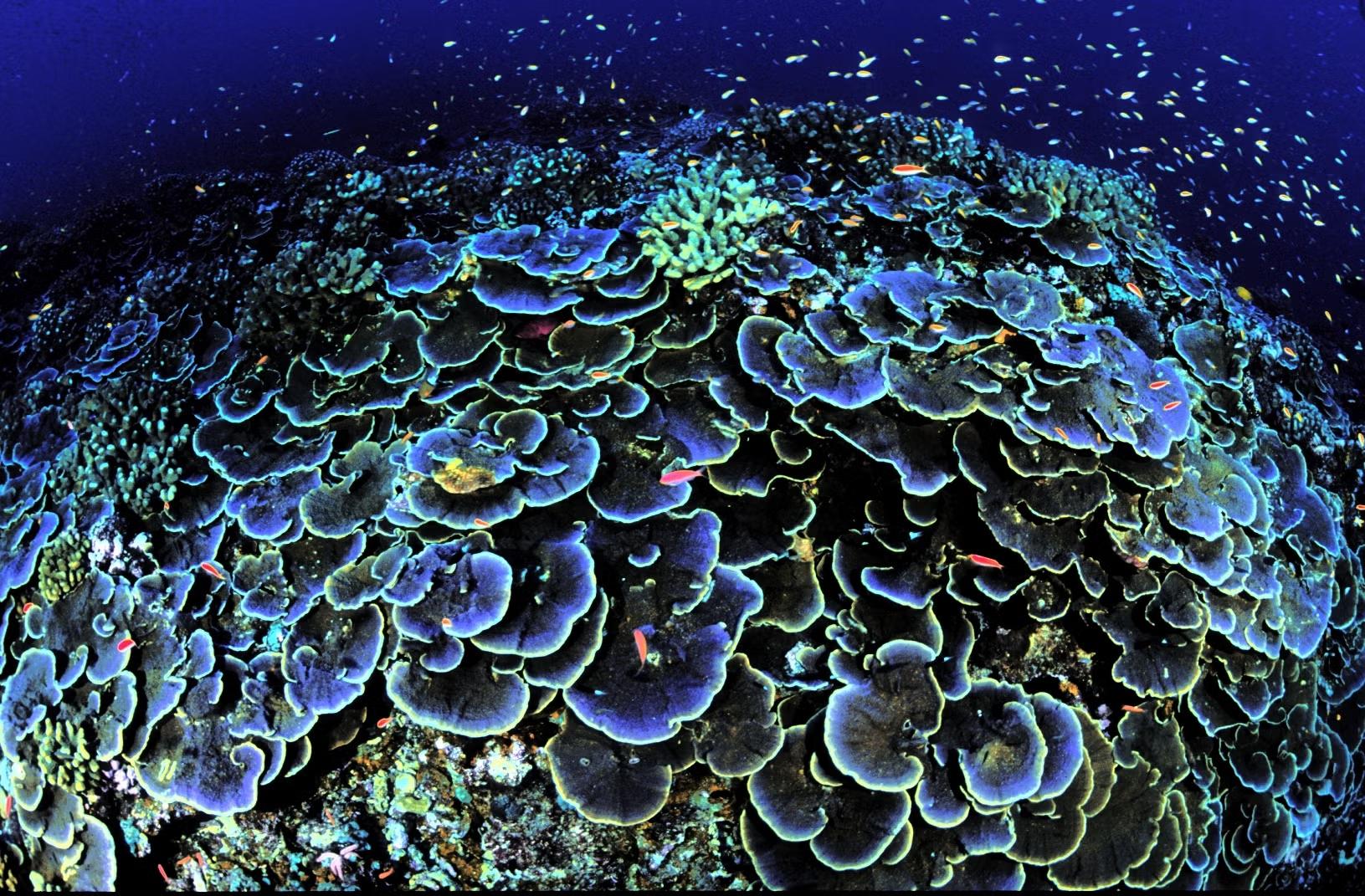

Grey reef sharks and colorful schools of anthias in the waters of Jarvis Island at the Pacific Islands Heritage Marine National Monument.
Photo/NOAA
Conservationists win legal battle to protect marine sanctuary
A court in Hawai'i has tossed a federal directive allowing commercial fishing in protected Pacific waters, in defiance of orders from the White House.



Pacific eyes on rising US strikes in Venezuela amid deaths at sea




Pacific eyes on rising US strikes in Venezuela amid deaths at sea

A court in Hawai'i has tossed a federal directive allowing commercial fishing in protected Pacific waters, in defiance of orders from the White House.
The National Marine Fisheries Service (NMFS) issued a notice on April 2025 authorising commercial fishing within an area spanning more than 1.2 million square kilometers of ocean.
This notice was pursuant to an executive order from US President Donald Trump, titled "Unleashing American Commercial Fishing in the Pacific", that dismantled fishing protections in certain parts of the monument.
Since the NMFS letter was issued, commercial fishing operations quickly began in waters between 50 and 200 nautical miles around Johnston Atoll, Jarvis Island, and Wake Island.
The action was met with a lawsuit backed by campaign group Earthjustice, on behalf of a group of Hawaiian conservation groups.
More than four months later, the US District Court in Hawai'i gave them their first victory, voiding the letter and thus the legal right for commercial fishers.
The court asserted that the government had not gone through the correct legal processes, and that the public had not been consulted.

Pacific Islands Heritage Marine National Monument is an area spanning more than 1.2 million square kilometers of ocean. Photo/USFWS
Environmental, cultural factors at play
Among the groups making up the plaintiffs for the case was the Kapa'a community, a group of Native Hawaiian cultural practitioners from the island of Kaua'i.
One of their founding members, Solomon Pili Kaho'ohalahala, has been a prominent environmental activist for decades. His community call him "Uncle Sol".
He told RNZ Pacific that this was personal. "When [President Trump] made that announcement, he made no provisions for the care and protection of resources for the generations of children that are going to be the ones to inherit this place."

Solomon Pili Kaho'ohalahala. Photo/IPS/
"For me personally, that is an insult to our marine cultural protection as indigenous people, that look at the care for generations, to ensure that our children's children's children will have a place to help to take care of them in their time."
Seeing this, he approached Earthjustice's David Henkin, a Honolulu-based lawyer who became the lead attorney.
Henkin believes that President Trump's use of the Antiquities Act, which is the statute that President Barack Obama originally used to establish the monument, would open the door to the White House crashing any protected marine area they wanted.
"If President Trump were to get away with it and undo protections within a monument, this very important tool for protecting important lands and marine waters for future generations would be taken away.
"They cannot lawfully destroy the monument and the ecosystems inside of it."
Henkin said that when the NMFS directive was issued, fishing vessels flooded in within hours, according to their tracking efforts.

David Henkin. Photo/Earthjustice
"On April the 27th, two days after the letter came out, the first Hawaii-based long line commercial fishing operations started happening in the monument."
According to Vesselfinder.com, as of 12 August, fishing vessels have all but vacated the monument expansion area.
Kahoʻohalahala said that indigenous rights were falling victim to Trump's rhetorical belief that the United States needs to dominate in all things.
"Evidently the colonizer, the United States...has no support for our generational view and protection of resources, and in fact has now tried to say we want to extract everything we can, because we want to be the biggest and the best."
"That is unacceptable to me as a native Hawaiian."
Inside the case
Earthjustice filed their lawsuit in May, which centred challenging President Trump's authority to dismantle protections under the Antiquities Act.
The order effectively usurped the need for such a move to go through Congress, Henkin said.
In June, Henkin motioned for summary judgment, or a ruling without trial, to section out and specifically address the NMFS letter.
They argued that NMFS had not followed the rules set out in the Magnuson-Stevens Act, requiring public notice and consultation before any changes to fishing regulations.
The court granted the motion. In ruling, Judge Micah W.J. Smith said that fishing operations could not lean on that letter as legal protection to fish in the monument.
"The letter did not merely suggest that NMFS would decline to enforce its existing regulations banning commercial fishing there. Instead, the letter took the position that those regulations no longer exist."

Sworls of Montipora aequituberculata, a core coral, attract fish at Jarvis Island National Wildlife Refuge in the Pacific Islands Heritage Marine National Monument. Photo/USFWS)
Judge Smith noted that the NMFS relied on Trump's order in place of existing regulations, which was unlawful in its premise.
Further, the plaintiffs argued that their cultural rights and interests in the monument, which is steeped in heritage and ecological importance for the Hawaiian people, were harmed.
Judge Smith acknowledge that a "procedural injury" had been caused by the NMFS letter and the executive order, as the plaintiffs had cultural, spiritual, and scientific interests in the monument expansion area.
Henkin said there is still work to be done.
"I'd say it set a very strong and important precedent for the NMFS that they can't cut corners in that way."
"The next steps will be to meet with the court - there's a scheduling conference on 6 October, when we'll be talking about what the schedule will be for resolving those Antiquities Act claims and any other claims that may present themselves."